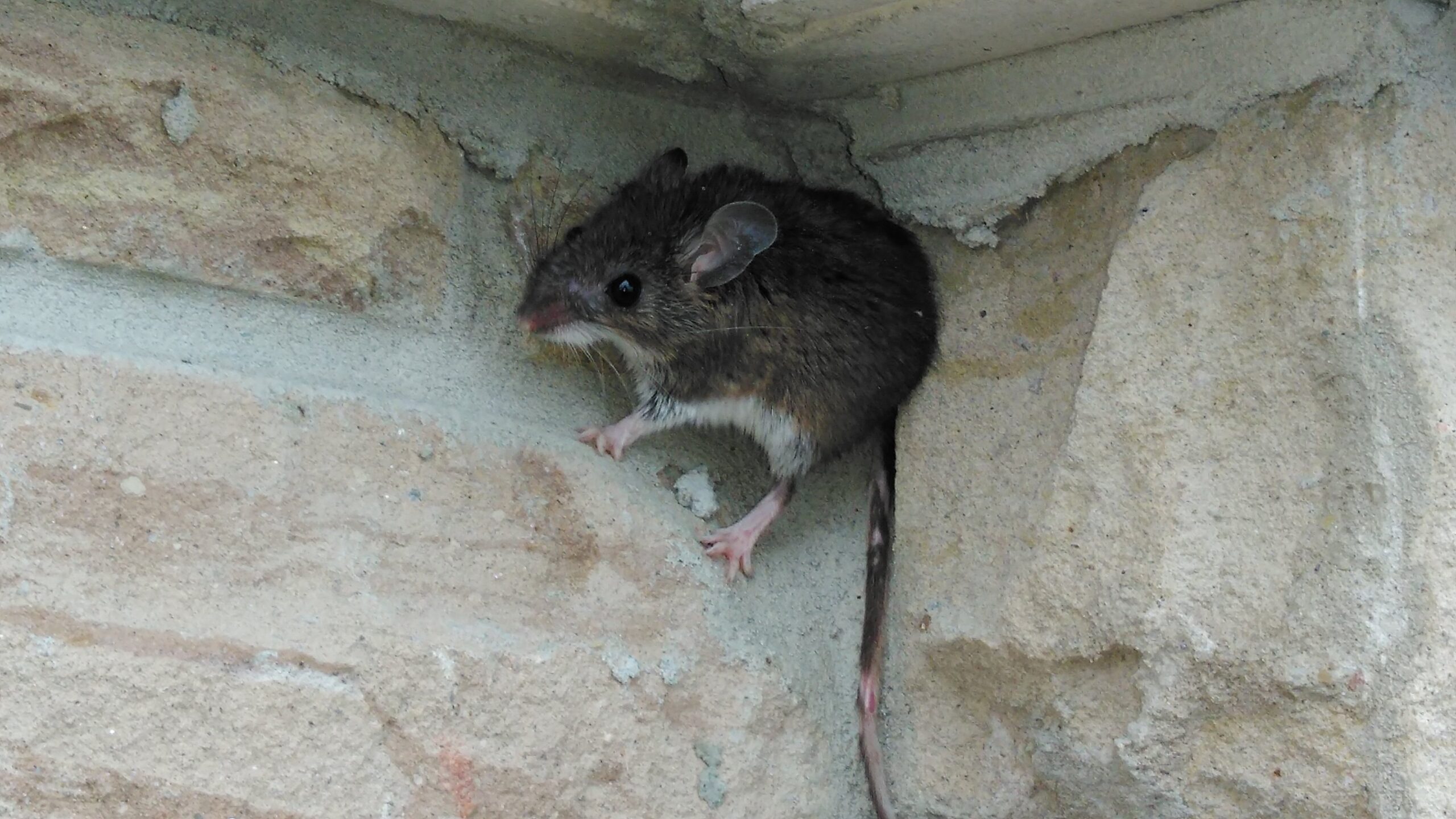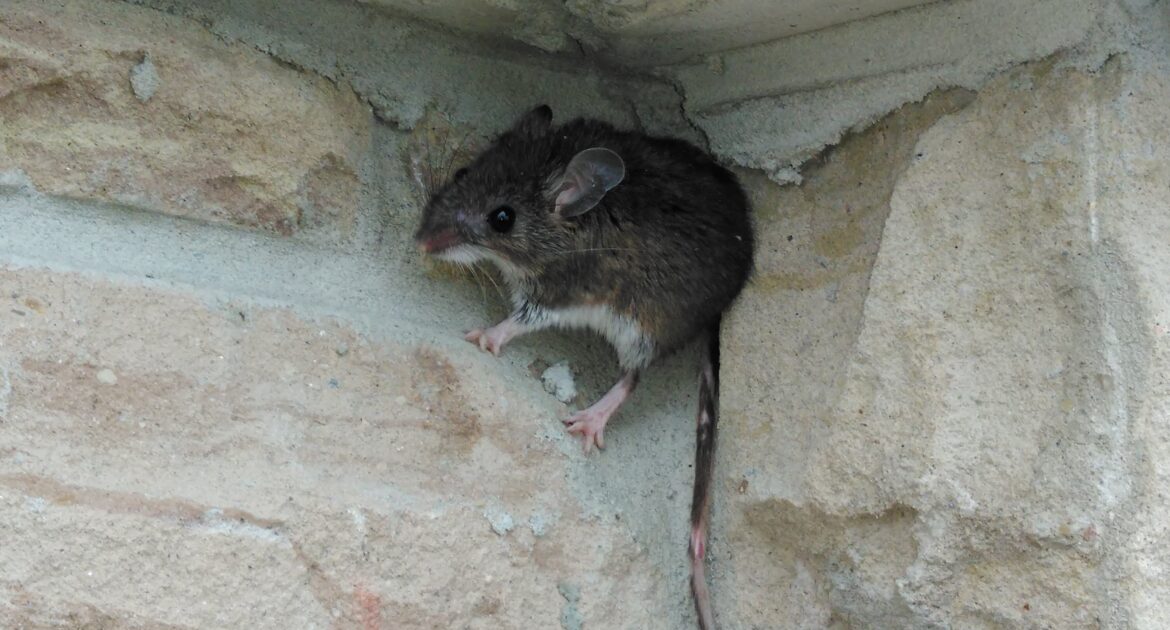Mice do not hibernate during the winter. They continue to stay active and forage for food. However, they are susceptible to the cold weather, so as the temperature starts dropping, they start searching for a warm shelter in which to spend their days. If their new shelter also offers easy access to food, so much the better. It is for these reasons that homeowners often find themselves in need of mice removal in the fall.
Fortunately, you do not have to just hope that mice will pass your home by. There are steps you can take during summer to prevent an infestation in the fall.
Seal Entry Points
An entry point is a crack, seal, gap, or opening in your home’s exterior that allows mice access to the interior. Mice can get into homes through holes in roofing materials (shingles, soffits, flashing, etc.), cracks in foundations, and gaps around pipes and utility lines at the point where they enter the house. Mice can also get in through vents if their covers are broken or missing.
During the summer, you should perform an inspection of the exterior of your home looking for any holes or cracks that mice could use to get in. If you find any, you should seal them off so that the mice can’t get in. Even the smallest holes need attention because mice can crawl through openings the width of a dime. Even if a hole is too small to allow entry, mice have very sharp teeth and an instinctual need to gnaw, so they are well-equipped to widen the hole until it is big enough to let them through.
Weather-Proof Doors and Windows
Gaps around doors and windows are another example of openings that may give mice access to your home. Installing weather-proofing around windows and doors fills in the gaps and forms a barrier that mice cannot get past with ease. Unfortunately, over time, weather-stripping can harden or crack, making it a less effective defense against mice. Therefore, even if you currently have weather-proofing installed, you may need to replace it. This also helps to prevent air leaks around your home, helping to maintain a comfortable temperature and maintain energy efficiency, keeping utility bills low.
Dispose of Piled Garbage and Clutter
While you probably do not have piles of garbage sitting out around your yard, you may have yard waste, wood, broken patio furniture, or unneeded lawn tools sitting around. Clutter around your yard can draw mice with its promises of shelter. Mice that are living in a pile of clutter on your property are more likely to make their way into your home eventually because they have plenty of time to look for a weak spot to exploit.
Take Care of Your Landscaping
Unmown grass, tall weeds, fallen leaves, and overgrown shrubbery not only make your yard look shaggy and unkempt; they also provide places for mice to hide. Not only that, but if the overgrowth is close to the house, it may make it more difficult to perform an inspection of the exterior to identify any potential entry points where mice can get into your home. Take advantage of the warm weather during summer to mow, trim, weed, and prune to keep your landscaping clean and tidy. Keep in mind that, as fall approaches and leaves start falling off the trees, you will also have to add raking to your list of outdoor chores to prevent mice from hiding under the fallen leaves.
Call Skedaddle for Mice Removal
These prevention methods may reduce your risk of an infestation, but there is still a chance that mice could get into your home. Skedaddle provides multiple services related to wildlife control in Madison, including mice removal. The longer you wait to take care of the problem, the worse it can become, so contact us at the first sign of an infestation.




